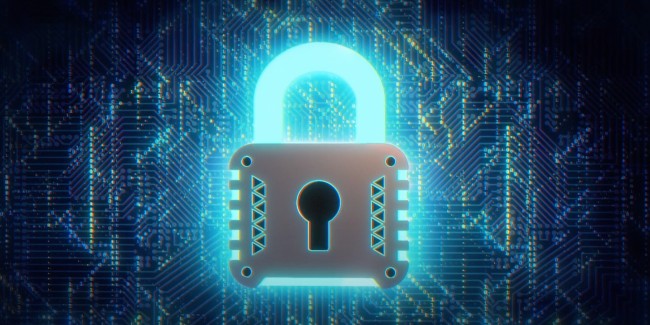 You are probably no stranger to the pop-ups that come at the most inopportune moments, demanding you stop whatever you’re doing and update your computer, tablet or phone. We are all guilty of clicking the “remind me later” function or putting these off for another time to avoid disruption.
You are probably no stranger to the pop-ups that come at the most inopportune moments, demanding you stop whatever you’re doing and update your computer, tablet or phone. We are all guilty of clicking the “remind me later” function or putting these off for another time to avoid disruption.
Updating the operating system and software on our machines is critical to our collective digital safety and online presence. The faster you update, the sooner you can feel you have laid the foundation for securing your data. But there are other advantages as well.
Updates can pack a big punch. It’s not all about patching security gaps, fixing known bugs or adding newly identified malicious activity to watch for. While these are huge perks, updates often provide new features to enhance user experience, increase stability or improve performance. Who doesn’t want the latest and greatest?
Updates remove known security flaws. The vast majority of successful computer exploits, or hacks, leverage known security flaws or vulnerabilities. These vulnerabilities are configurations within your computing device that can be used maliciously against you. Updates and patches are the most important step in removing these known flaws.
Updates protect your prized digital possessions. Timely updates ensure your data stands a better chance against the threat of loss or malicious compromise. Even data you may find insignificant may be leveraged by cyber criminals to do you and the university harm. Having the most up-to-date safeguards often will deter hackers from attempting to harm or steal your digital possessions.
One team, one fight. Updating your personal and university computing systems not only protects your data, but the data of your family, friends and colleagues. Similar to how you can spread the common cold, cyber criminals and malicious software may spread from one system to another. Ensuring your systems are best protected with up-to-date OS and software doesn’t just help protect you but protects those close to you.
Where you can, always enable automatic updates. If you are using a VUIT-managed device, OS updates are covered as part of the lifecycle management process.
More information on keeping your OS up to date can be found here:
For some software, updates may need to be done manually by the user. Download the latest version or incremental update from the vendor or supplier.
Other stories in the series:
- Strengthening cybersecurity across our institution
- Cybersecurity training and updated policies now available
- What is cybersecurity, and why does it matter?
- Be aware of your digital footprint
- Best practices for managing your passwords
- Phishing—be cautious of what you click
- Cyberbullying—you’re the first line of defense
- Be aware of identity theft
- Backing up your data